Intellectual Property & The Food Industry
With the recent controversy on the ownership of well-known dishes in Malaysia and Singapore, it is only apt that we discuss Intellectual Property in the perspective of the food industry. Although protecting popular Malaysian food names such as Nasi Kandar, Char Koay Teow, Nasi Lemak and Roti Canai is out of the question as they are generic names used by all restaurant owners to refer to a particular type of dish, there are other ways in which restaurant owners can identify their unique features and claim proprietary rights to them.
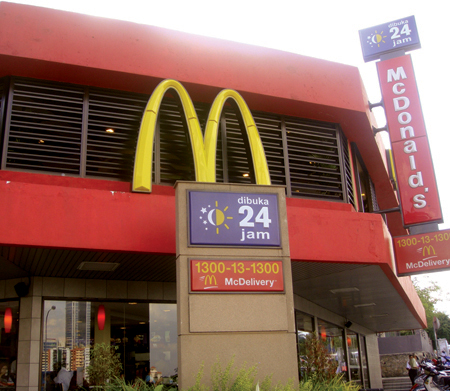
When dining out, think of what attracts you to a restaurant, besides parking facilities! Is it the catchy name, the interior decoration (furniture, display items on the wall, etc.), menu card with coined menu items, uniquely designed cutlery and plates, the uniform of the restaurant staff? These creative elements in the restaurant business can be protected and thereby kept away from competitors’ reach.
Name of Restaurant
Often the trade name of the restaurant (i.e. the name on the signage, menu card and so on) may not be the same as the incorporated name of the restaurant. For example McDonald’s® may be the tradename of the restaurant but the owner of the fast-food chain in Malaysia is Golden Arches Restaurants Sdn Bhd. Therefore, unless the tradename is registered as a Trademark in the country, others may adopt identical or similar names. Taking action against copycats based on unregistered marks is difficult and an expensive affair with uncertain results. Thus, owners are advised to quickly register the tradename as a trademark when starting out a restaurant business.
The Interior and Staff Uniform
The general ambience of the interior of a restaurant is difficult to protect, unless the other party copies all elements of the interior. However, if the owner designs or instructs a manufacturer to design an exclusive interior item (tables, chairs, counters, cutlery, etc.), the Industrial Design rights of the articles (the shape) can be owned by the restaurant. Once registered, no one can reproduce the same articles, even the original manufacturer of the articles. Even photographs, artistic paintings and the uniform of the staff can be protected by copyright and the rights can be assigned to the restaurant. No one can reproduce the same photographs, paintings or uniform.
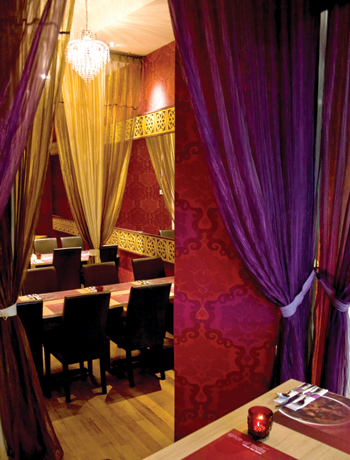
Menu Card and Menu Items
The design of the menu card with all its artistic work, if original, would be automatically protected under Copyright Law. Of course, if an external designer/artist was engaged to design the card, then the restaurant should obtain an assignment of the copyright if there has been no contract of commissioning the work.
The protection of menu items is more challenging. Even if the menu item is a common dish, commonly available in other restaurants, the menu items can be called by unique names. The unique names can be claimed as trademarks – so that other restaurants cannot call the same dish by your trademark. This is what McDonald’s® is doing by referring to their dishes as McChicken®, McEgg®, Filet-O-Fish®, and so forth. Other restaurants can offer for sale the same chicken or fish meal, but they cannot refer to it as McChicken®, McEgg®, or Filet-O-Fish®.
Recipe
Most restaurants would keep the recipe for their signature dishes as trade secrets. However, calling the recipe as a “trade secret” is insufficient if the management does not take appropriate management steps to maintain the recipes as trade secrets – just like how Coca-Cola® or Kentucky Fried Chicken® keep their recipes as trade secrets. Only a small number of staff should be informed of the ingredients and the way of making the food. Confidentiality agreements should be entered into as well.
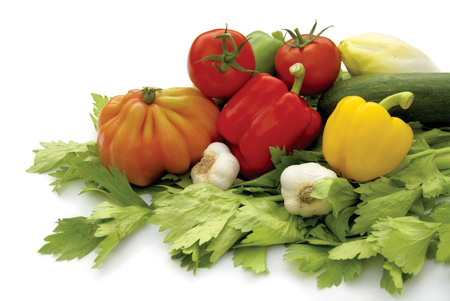
Shape of Food Items
Certain food items, like biscuits, lollipops, cakes, ice-cream, fruit carvings and such can be protected by Industrial Design Laws. If the restaurant owner produces naan bread or kuih lapis in unique shapes then the shape can be protected by Industrial Design. Others cannot adopt identical or substantially similar shapes. But if the food item is in liquid form, then the shape of the container, if uniquely designed, can be protected by Industrial Design Law.
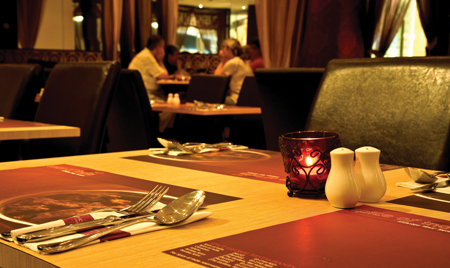
Chef’s Name
In Malaysia, chefs mostly remain anonymous. Restaurants do not generally advertise their service by referring to the name of the chef. But in many western countries, restaurants prominently promote their business by naming the chef, and perhaps even highlighting their culinary achievements and credentials. Problems then arise if the chef leaves the restaurant and joins a competitor and the latter starts promoting the name of chef. Here, one has to deal with the combined issues of employment contracts, trademarks, trade secrets, and so forth. It is a complex area, and one that requires further elaboration beyond the constraints of this article.
The business of running a restaurant can involve a lot of creativity. Unless the owner takes steps to protect the creative elements in the business, he has no one to blame but himself if his ideas are copied. Of course, copying is done once the business is successful, as success generally begets imitations. But action to protect the creative elements must be taken much earlier in the business to stop the copycats even before they begin!
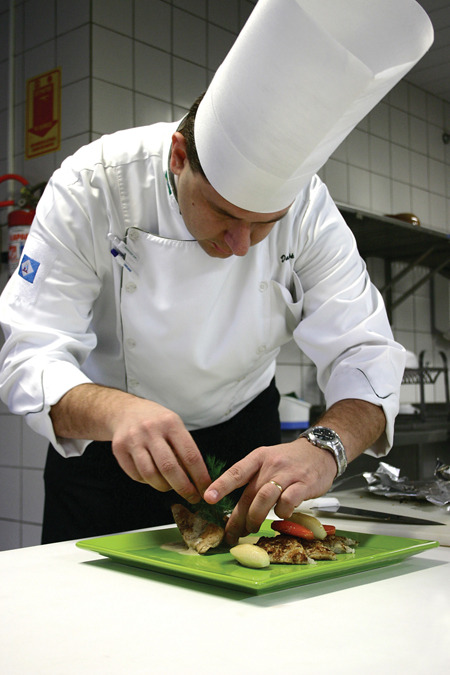
Note: The trademarks identified in the article belong to their respective owners. KASS does not claim any proprietary right whatsoever; they are used merely for educational purposes.








Nice blogs and providing good services about interior design and great color combination . Thanks for sharing facts and I hope you are more establish the interior Design field.